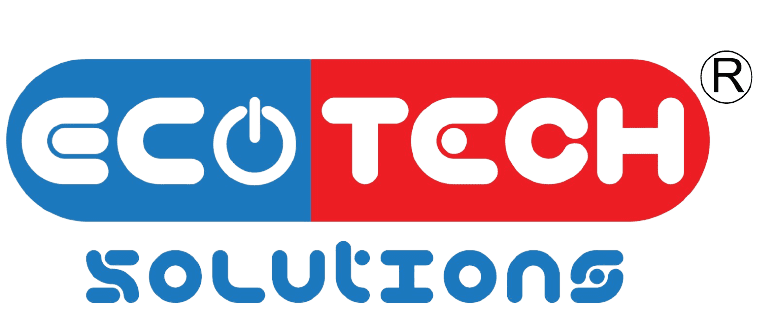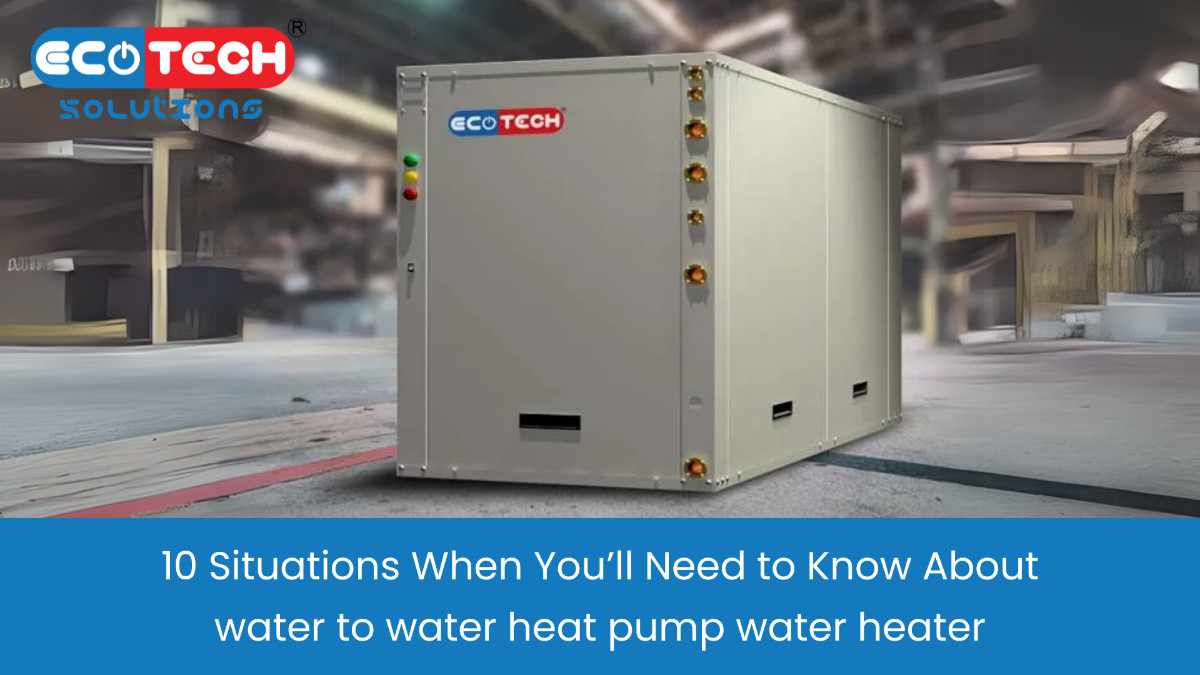Water heaters are essential in every home, but traditional systems—like electric resistance or gas-powered tanks—are energy hogs. Enter the water-to-water heat pump water heater, an innovative solution that extracts heat from a water source (such as a well, lake, or closed-loop system) to provide efficient heating for both domestic hot water and hydronic (water-based) heating systems.
Unlike air-source heat pumps that rely on outside air temperatures, water-to-water models use a more stable heat source—water—making them highly efficient even in cold climates. If you’re exploring sustainable, cost-effective ways to heat your home and water, this guide covers 10 key situations where understanding these systems is crucial.
1. Building a New Energy-Efficient Home
Why Water-to-Water Heat Pumps Are Ideal for New Constructions
When designing a new home, energy efficiency should be a top priority. Water-to-water heat pumps excel because:
- They can be integrated with radiant floor heating, providing consistent warmth without drafts.
- They work alongside solar thermal systems or geothermal loops for maximum efficiency.
- New homes can be pre-plumbed for optimal performance, avoiding retrofitting hassles.
Cost Savings Over Time
While the upfront cost is higher than traditional water heaters, the long-term energy savings (up to 60% less energy use) make them a smart investment. Pairing them with smart thermostats can further optimize performance.
2. Retrofitting an Older Home for Better Efficiency
Challenges and Solutions
Older homes often rely on outdated boilers or electric water heaters, which are inefficient and costly. Retrofitting with a water-to-water heat pump can be done with minimal disruption if:
- The home already has a hydronic heating system (e.g., radiators or underfloor pipes).
- A water source (like a well or nearby body of water) is accessible.
Real-World Example
A 1950s home in Vermont replaced its oil-fired boiler with a water-to-water heat pump, cutting heating costs by 40% while maintaining steady hot water supply.
3. Living in a Cold Climate (Yes, They Work in Winter!)
Debunking the Cold Weather Myth
Many believe heat pumps fail in freezing temperatures, but water-to-water systems are different. Since water retains heat better than air, these pumps remain efficient even in sub-zero climates.
Supplemental Heating for Extreme Conditions
In regions with prolonged freezing, a small backup electric element or dual-fuel system ensures uninterrupted heating.
4. Looking to Reduce Carbon Footprint
Environmental Benefits
- No on-site fossil fuel burning = zero direct emissions.
- 3-4x more efficient than conventional electric heaters.
- Eligible for tax credits and rebates (e.g., U.S. Inflation Reduction Act incentives).
Comparison with Gas & Electric Heaters
| Feature | Gas Heater | Electric Heater | Water-to-Water Heat Pump |
|---|---|---|---|
| Efficiency | 60-80% | 90-95% | 300-400% (COP 3-4) |
| Carbon Emissions | High | Medium (grid-dependent) | Low (if renewable-powered) |
| Lifespan | 10-15 years | 8-12 years | 15-20 years |
5. Running a Hydronic Heating System
Perfect Match for Radiant Floors & Radiators
Water-to-water heat pumps excel in hydronic systems because:
- They maintain low-temperature water flow ideal for radiant heating.
- They can prioritize domestic hot water when needed.
Case Study: A Net-Zero Home in Oregon
A family combined a water-to-water heat pump with solar panels, achieving 100% heating and hot water from renewable energy.
6. Dealing with High Electricity or Gas Costs
How Heat Pumps Cut Energy Bills
- 1 kWh of electricity → 3-4 kWh of heat (thanks to heat transfer, not generation).
- Lower operational costs than gas in most regions.
7. Needing Both Heating and Hot Water in One System
Dual-Functionality Advantage
Instead of separate boilers and water heaters, a single water-to-water system can:
- Heat your home via radiators or underfloor pipes.
- Supply on-demand hot water for showers and sinks.
Best for Small Homes & Multi-Family Buildings
- Space-saving (no separate water heater needed).
- Centralized control for better efficiency.
8. Planning for Off-Grid or Sustainable Living
Pairing with Solar or Geothermal
- Solar PV + battery can power the heat pump.
- Geothermal loops provide a year-round stable heat source.
Off-Grid Success Story
A cabin in Colorado uses a water-to-water heat pump with a well, achieving fully renewable heating and hot water.
9. Installing a Pool or Spa Heater
Efficient Pool Heating
- 50-70% less energy than gas/electric pool heaters.
- Works best with covered pools to retain heat.
Best Models for Residential vs. Commercial Use
- Residential: Small-capacity units (5-10 kW).
- Commercial: High-output models (20+ kW) for large pools.
10. Preparing for Future-Proof Home Upgrades
Why Heat Pumps Are the Future
- Gas bans (e.g., New York, California) are pushing adoption.
- Smart home integration (Wi-Fi controls, AI energy optimization).
Government Incentives
- U.S.: 30% federal tax credit (up to $2,000).
- EU: Subsidies up to €5,000 in some countries.
Conclusion
Water-to-water heat pump water heaters are versatile, efficient, and eco-friendly, making them ideal for:
✅ New builds & retrofits
✅ Cold climates & off-grid living
✅ Hydronic heating & pool applications
Before choosing a system, consult an HVAC specialist to assess your home’s compatibility.
Contact Us: EcoTech Solutions


